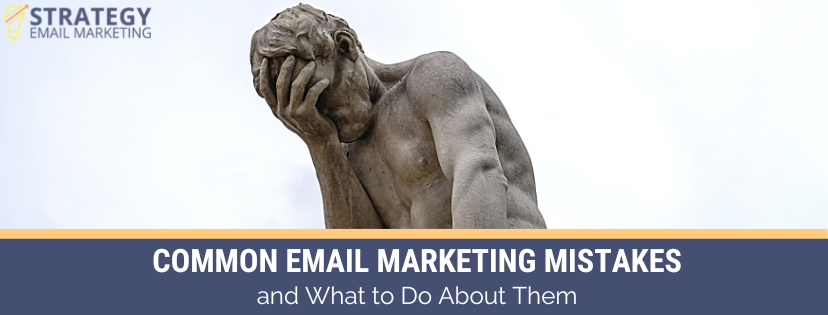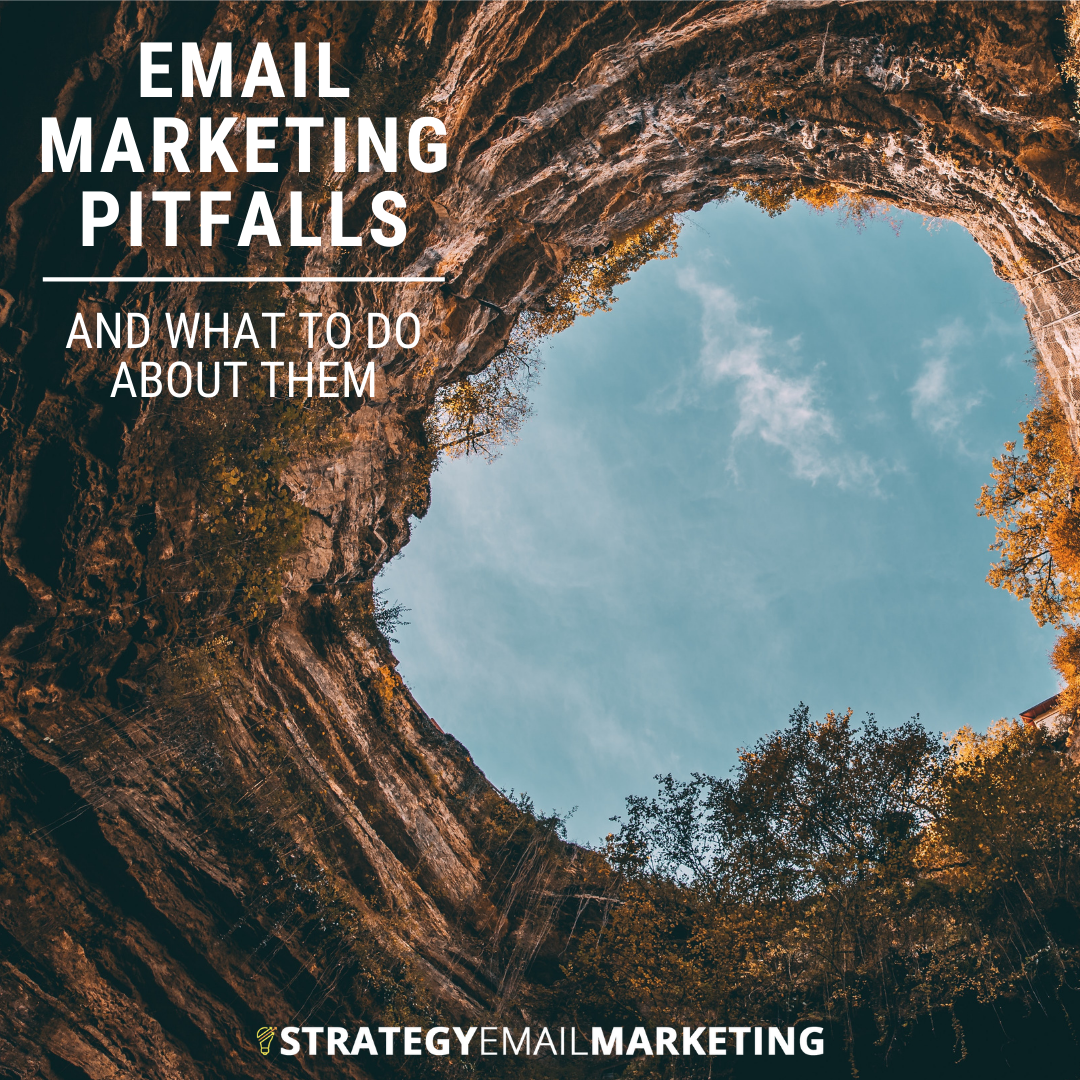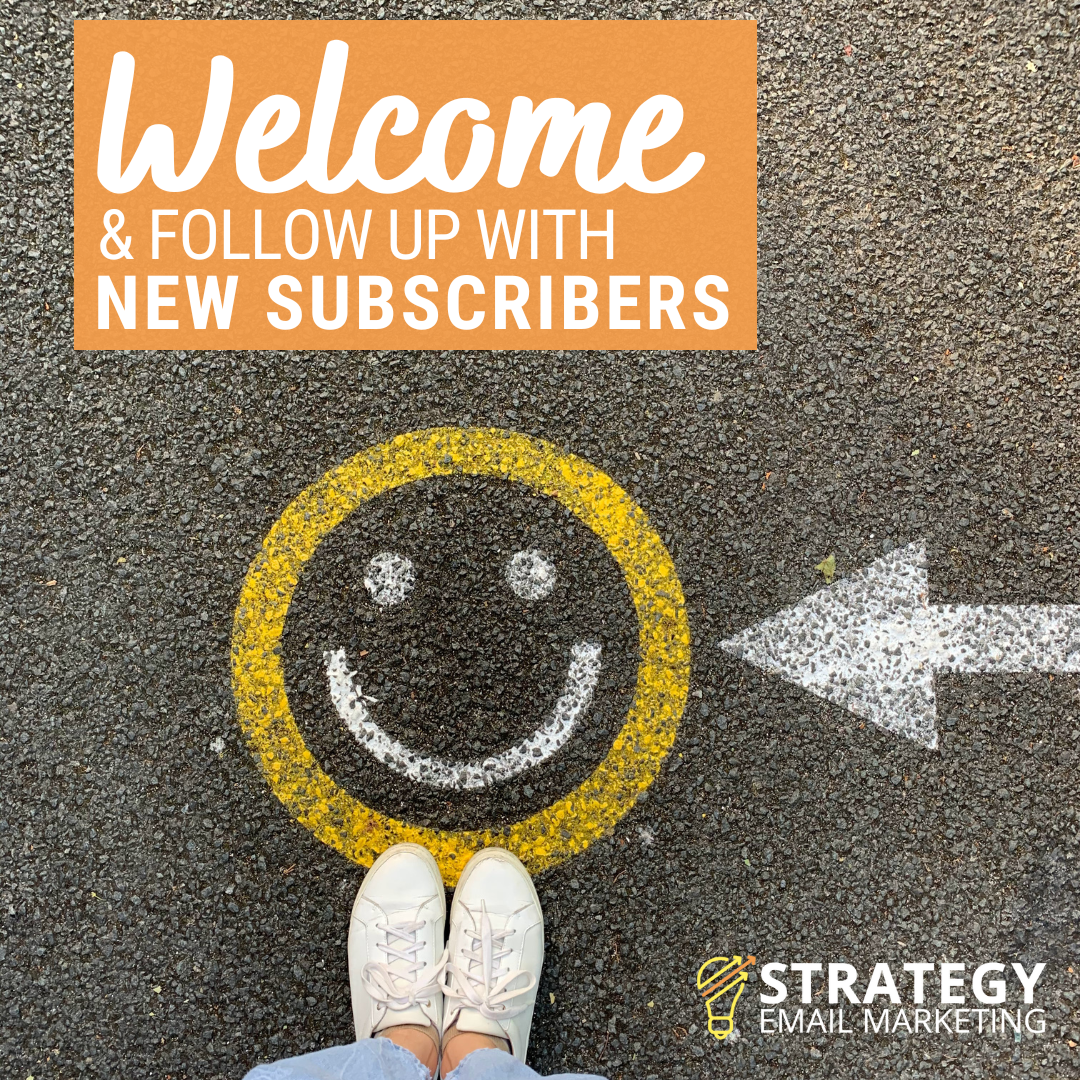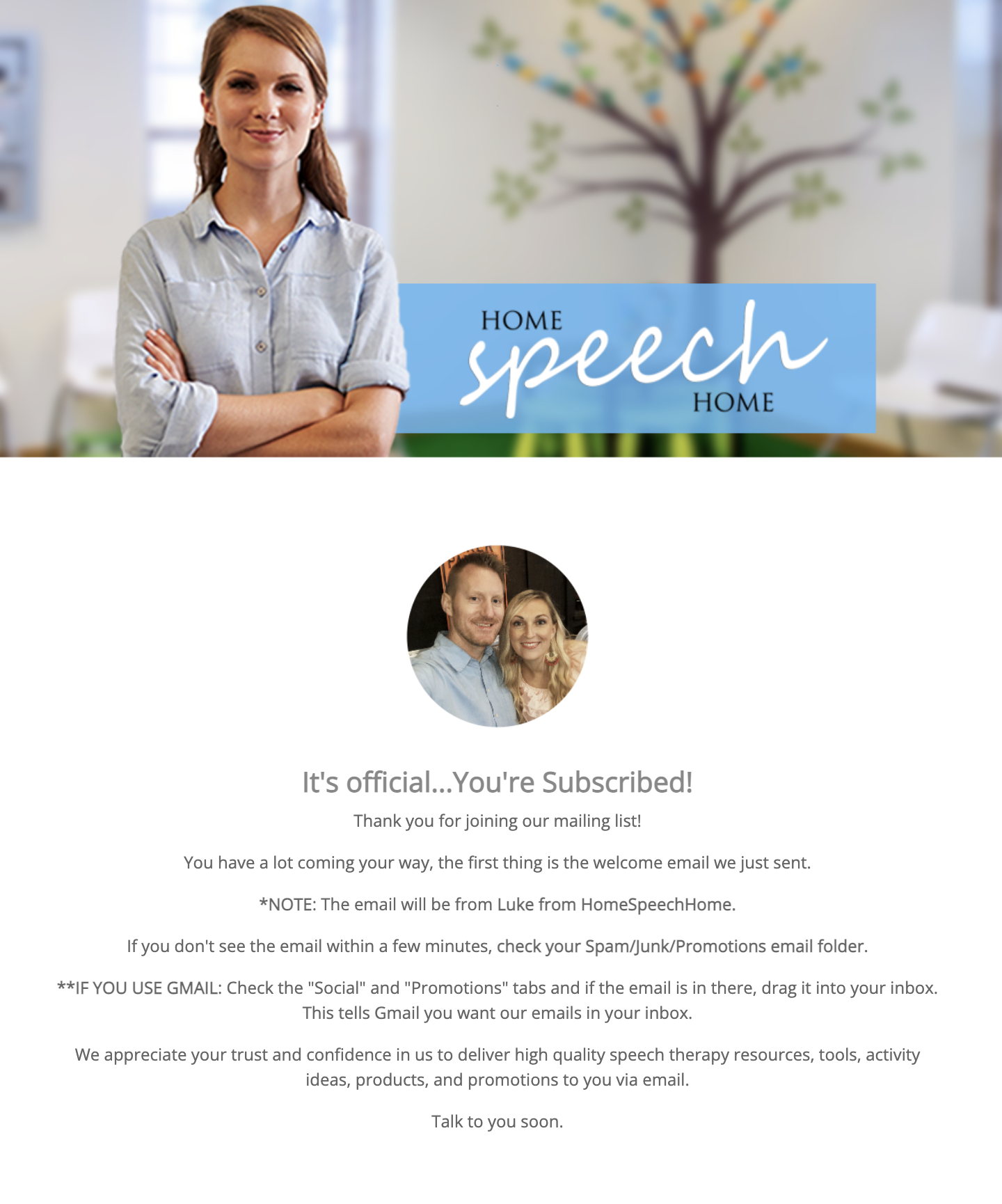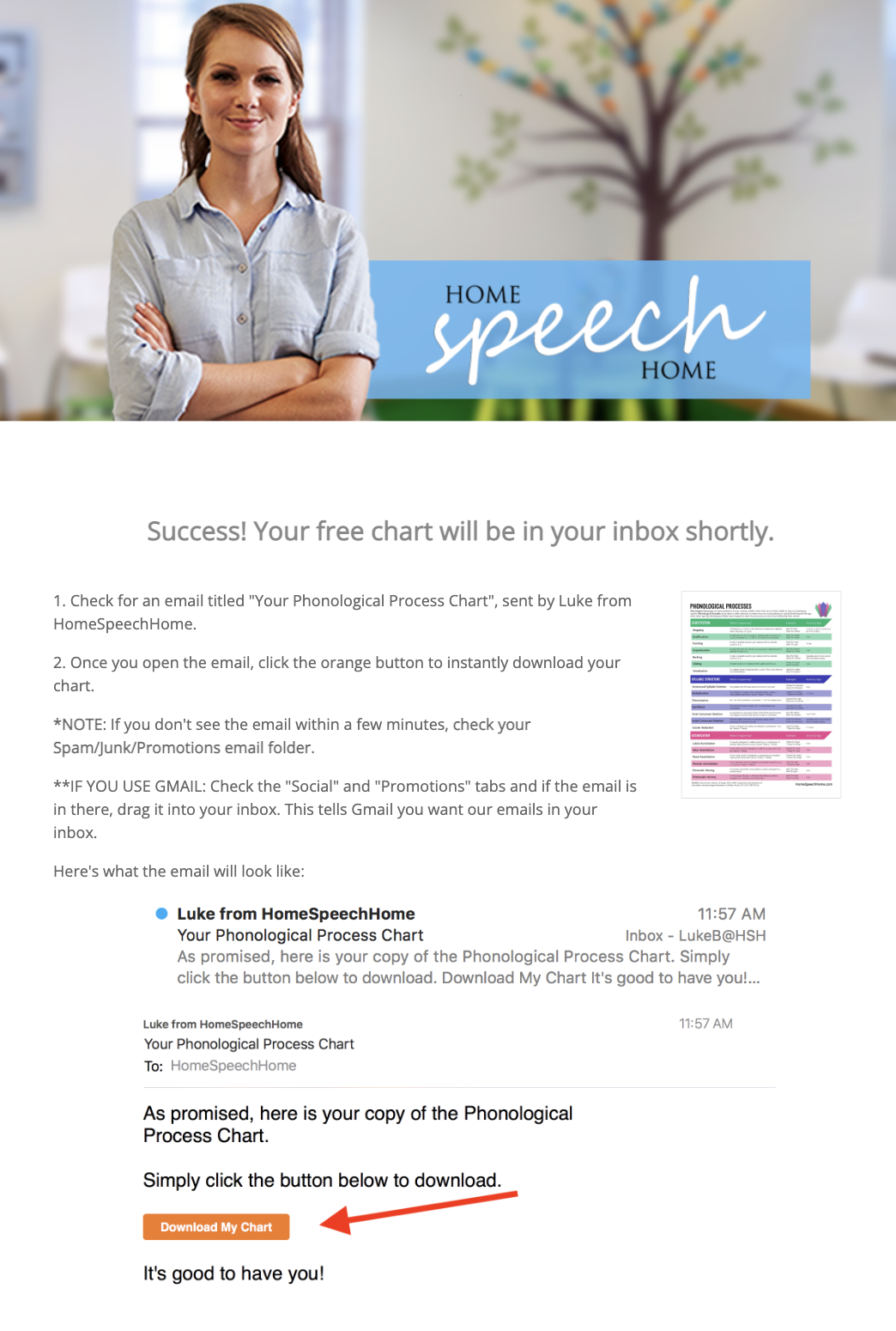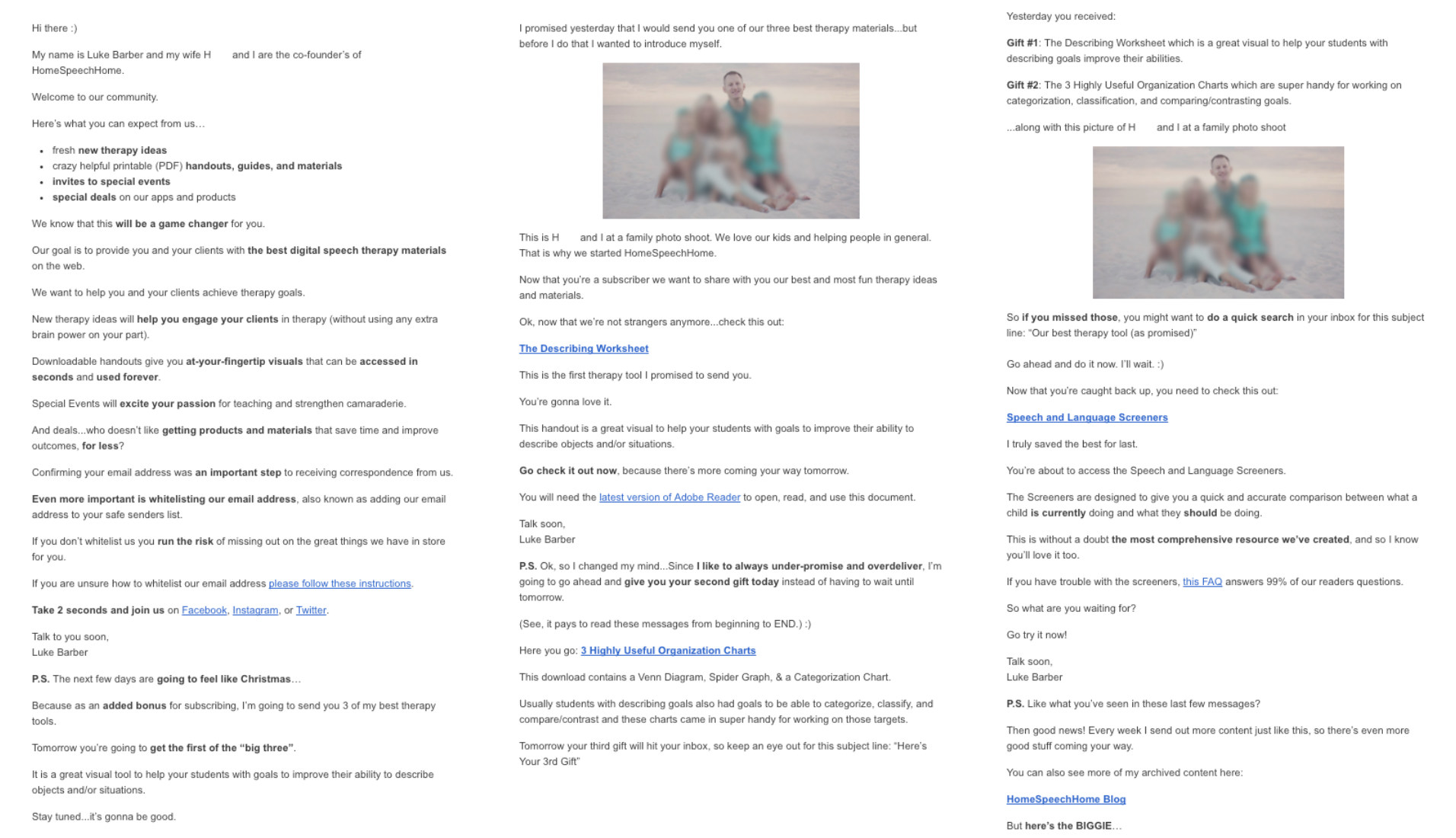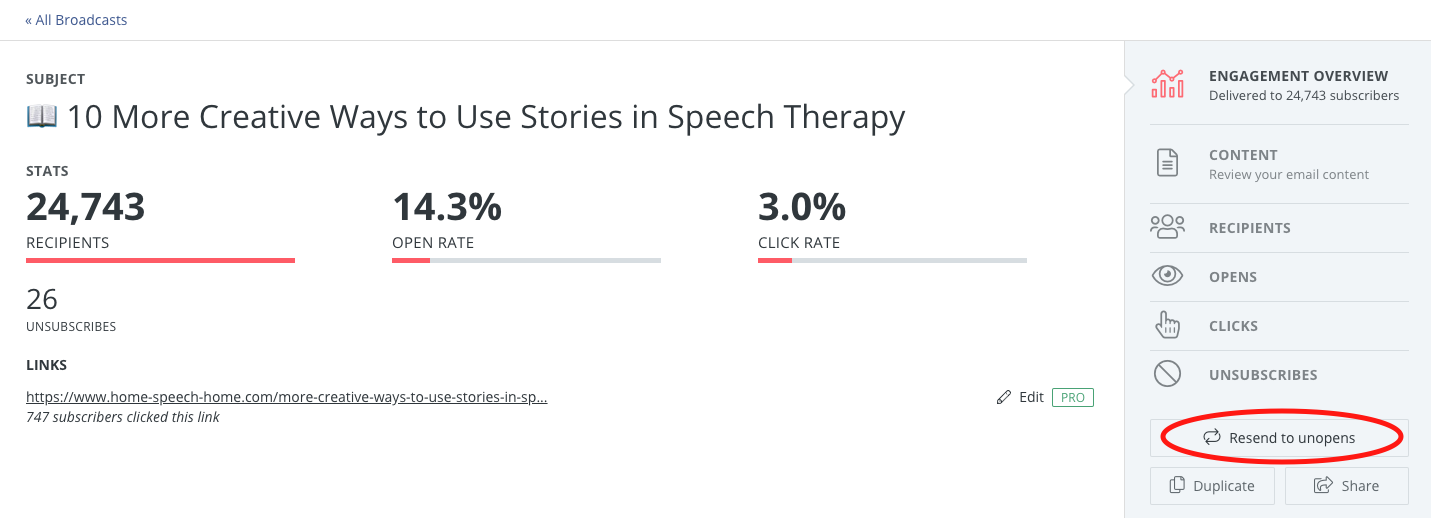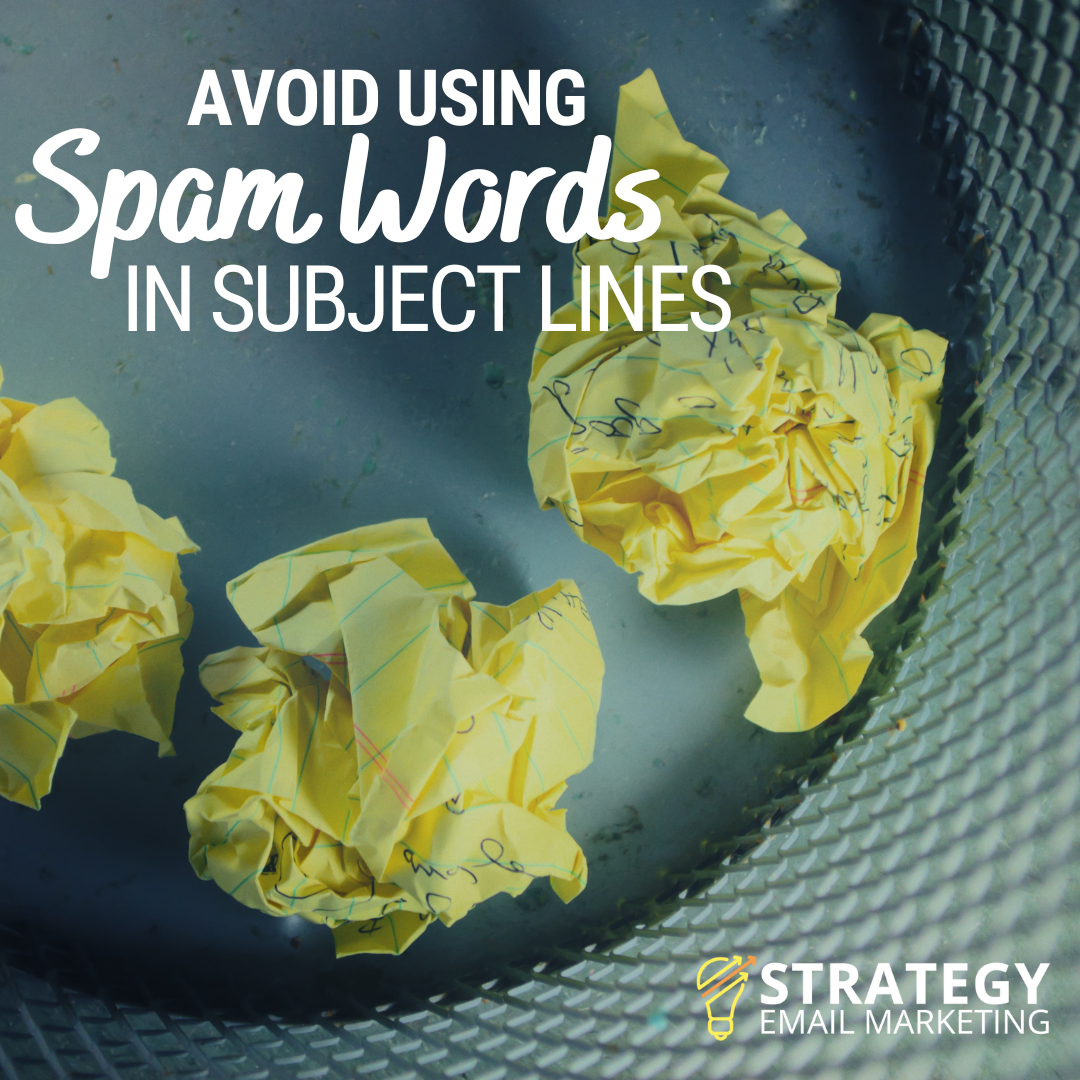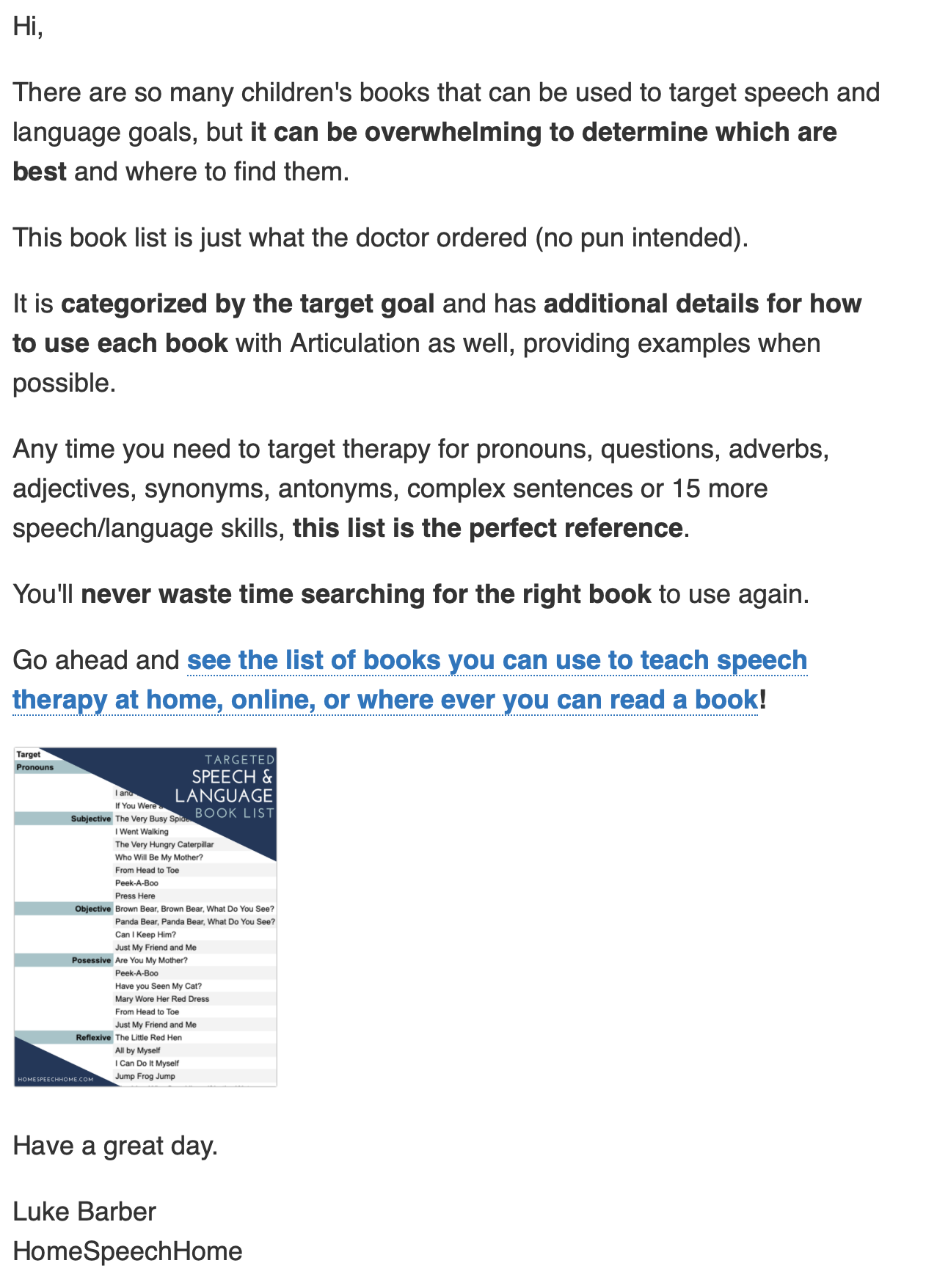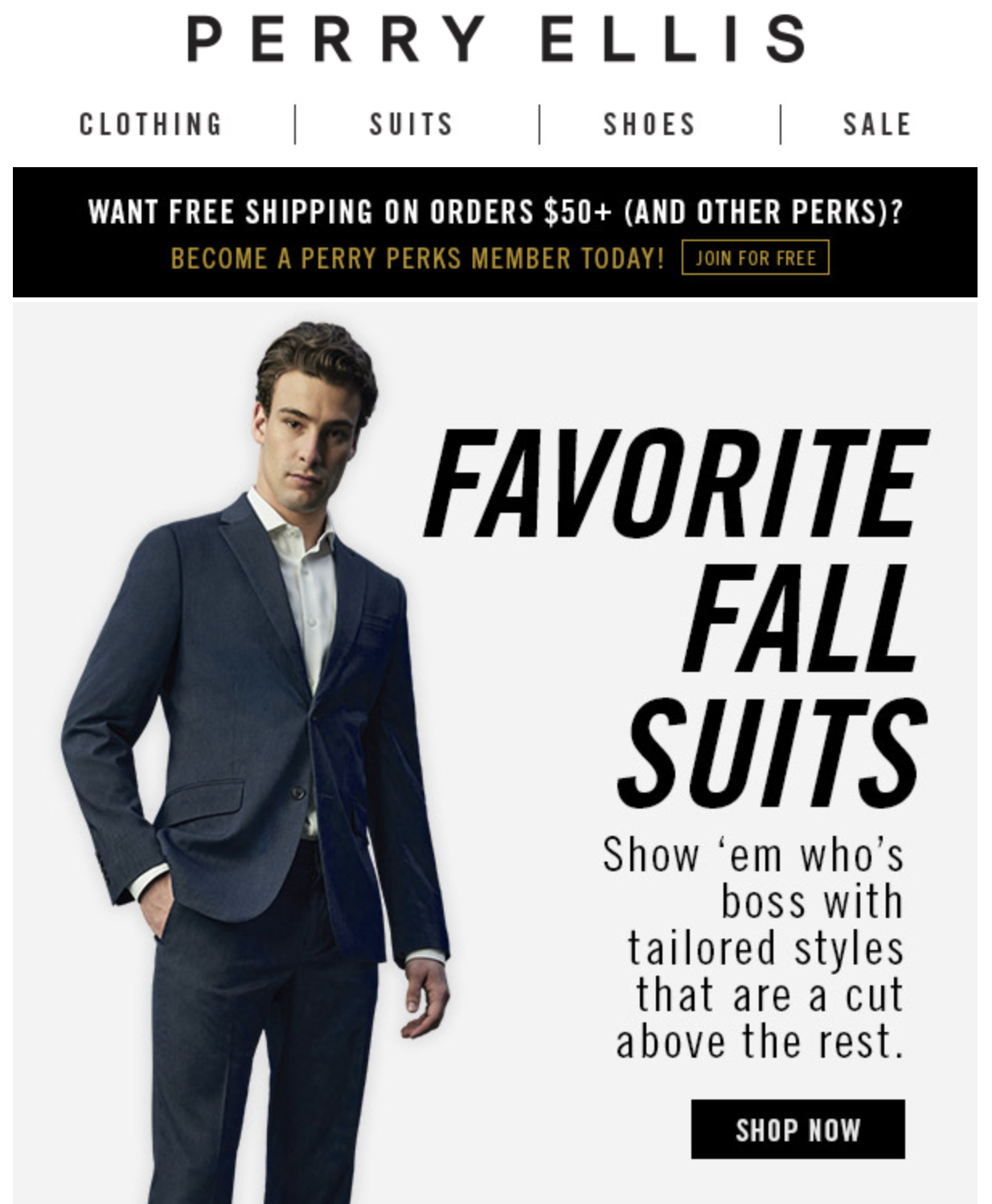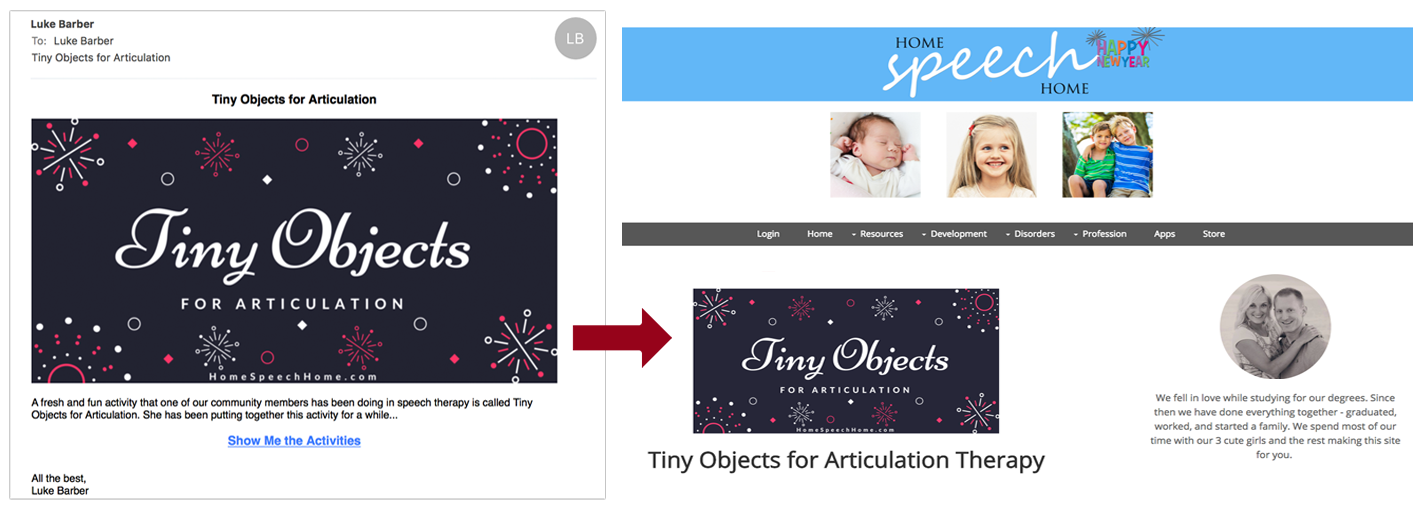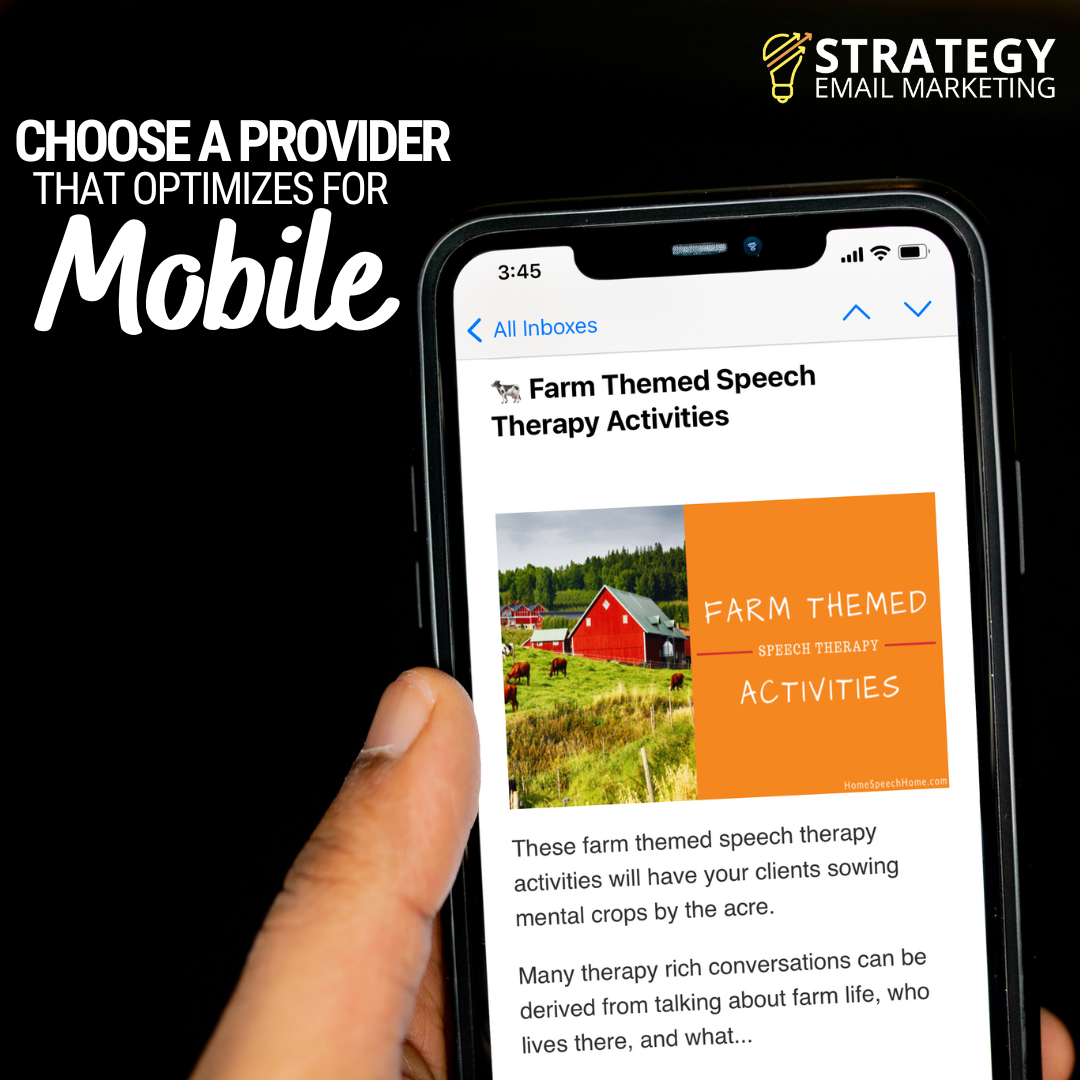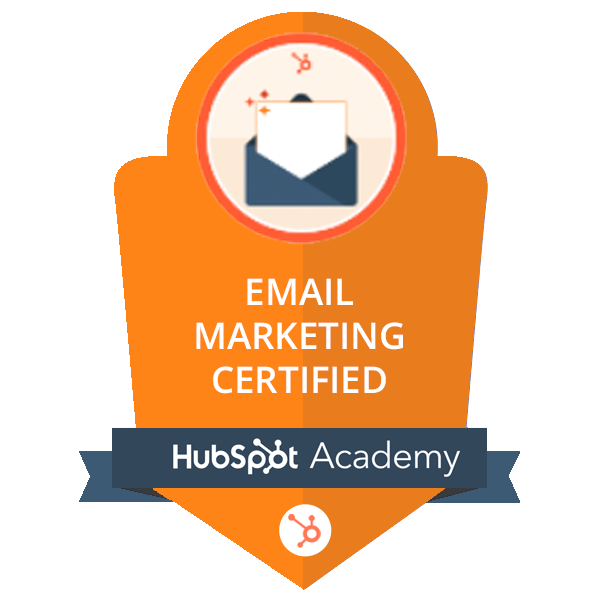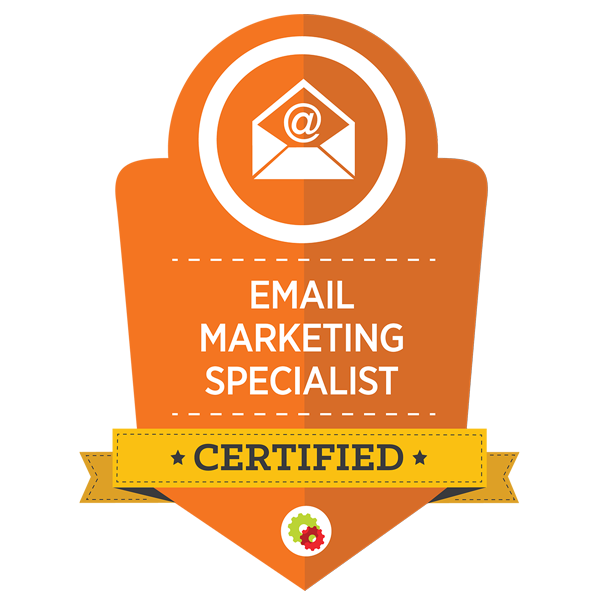Common Email Marketing Mistakes
(and What to do About Them) cont.
I shared 10 common email marketing mistakes on the previous page and there were more...but I didn't want to overwhelm you.
It's a lot to process, identify, and/or apply.
Please note however, that this is not an exhaustive list!
There are other smaller, less significant mistakes you can make but I felt the ones I have shared and share here will have the most impact on your long term success with email marketing.
That being said, let's dive into 8 more common email marketing mistakes you can make and what to do about them.
8. Not following up with new subscribers
If you’re just beginning in the world of email marketing, you’re probably finding that there’s a lot to it.
When I started, there was way more than I expected.
As a result, you’ll do some research, find an email marketing service, create a form, put it on your site and work on getting visitors to sign up on your form.
You took the right steps to get someone on your list, but getting someone on your list is only half of the battle.
If you don’t put some things in place to welcome, onboard, and engage your new subscriber from in the beginning, they won’t be worth much to you and your work will have been for nothing.
Solution
Once you are set up to have visitors subscribe, but before putting a form on your site to collect them, do 2 things.
First, create a “thank you for signing up” page that you can redirect them to after they subscribe.
This page needs to have the following key elements on it.
- A visual of you to build trust (image or video).
- A visual (image) of the lead magnet they signed up to get (if applicable).
- A short description of what will happen next and what they should do (this includes the name and subject line of the email.
- An “alert” to inform them if they don’t see an email from you to check their junk/spam/promotions folder.
- Instruction to drag your email from the Gmail promotions tab into their inbox.
Second, write and automate a welcome series of emails that will automatically be delivered to them after signing up.
The welcome series should include:
- A visual of you to build trust (image or video).
- A genuine welcome and thank you for subscribing.
- A brief (1-2 lines) introduction to you/purpose of your brand.
- A bullet point list of benefits/value they will receive from subscribing (including one of your most recent blog posts).
- How often you will send.
- A request from you to “Reply” to your email (with either “I got it” or to answer a specific question).
- An invitation to join you on social media.
- An invitation to whitelist your email list or drag your email from the Gmail promotions tab into their inbox.
- A P.S. with a heads up to watch for the email you will send them the next day.
- 2 more emails within a few days providing more valuable content (preferably a downloadable item, video, handout, or another digitally consumable resource)
Doing this will ensure that you are following up with your subscriber properly, in order to build a strong long term relationship.
Doing this will ensure that you are following up with your subscriber properly, in order to build a strong long term relationship.
Return to Top of Common Email Marketing Mistakes
7. Only sending content once
In my early days of sending email, I had a false idea that I could only send new content, to my subscribers.
I couldn't have been more wrong.
At the time I had written multiple content articles and created multiple resources on my site for visitors to use.
However, I felt like unless I was sending something “Shiny and New” every time, I shouldn’t send.
Thinking all the people who had subscribed to my list had already seen everything my site and content had to offer was a common email marketing mistake I was guilty of.
Solution
If you have been creating content for any period of time (especially written content on a website or blog) you can send it to your audience…
…and don’t be afraid to send the same content more than once over a period of time.
Most of your site visitors will look at 1-4 pages of content on your site and leave.
Rarely will they look at every page, and even if they do, it doesn’t mean they’ll remember it.
Similarly, you will get a certain percentage of subscribers to open and engage with the email you send but the rest will never even know it existed.
I suggest sending your best content one time per week (or once every other week at a minimum) to your subscribers while you continue to make more.
My email service allows me to duplicate past emails to send again at any time.
Typically, I will do this every 6-9 months.
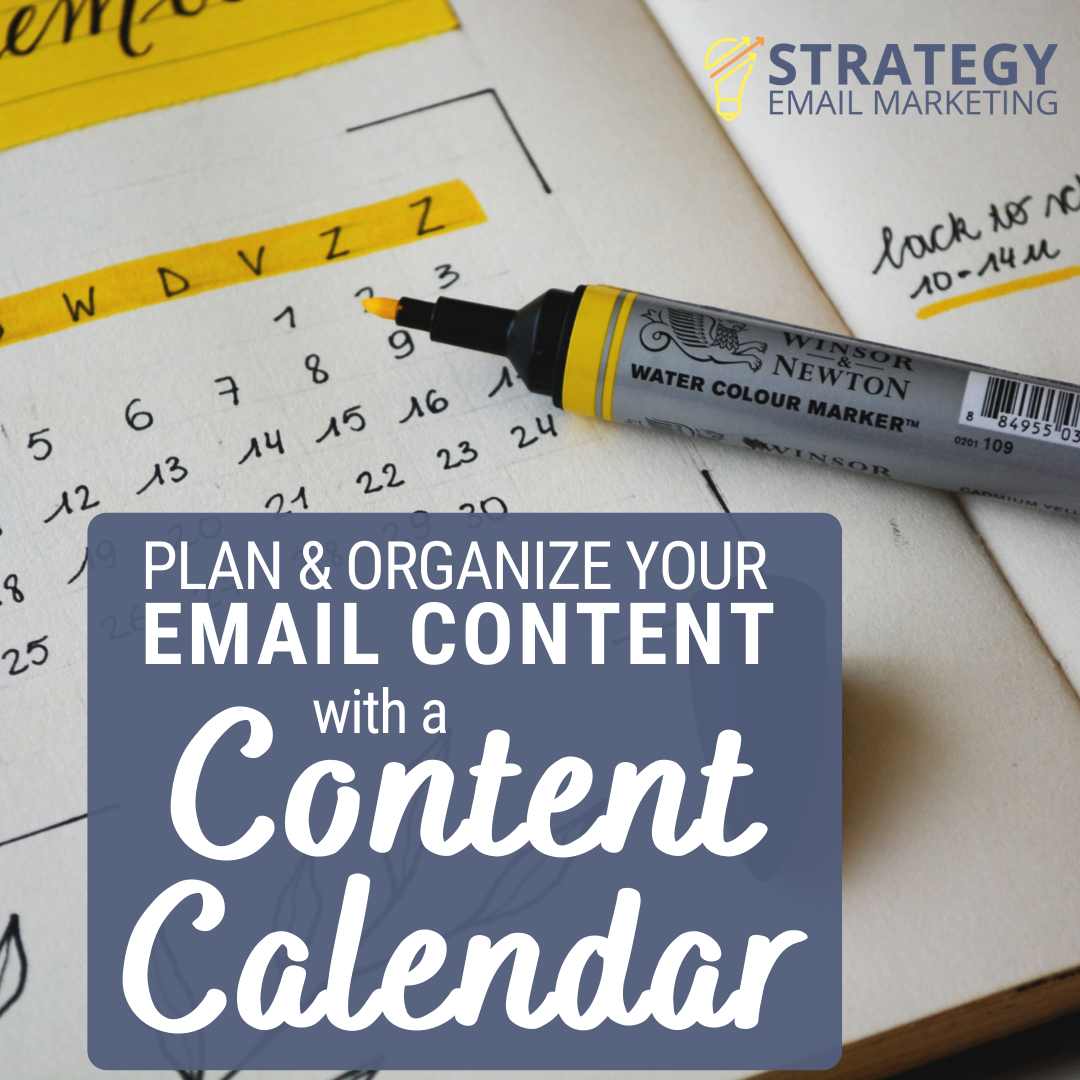
Create a content calendar for the year to keep track of what you are sending today and 6-9 months down the road, send it again.
You can also utilize the “Resend to Unopens” feature in my email service to do just that.
Whenever I send a new content email for example, I will wait 10 days or so and click resend to send it again to those who didn’t get it the first time.
You’ll be surprised at how many people actually appreciate the reminder!
Return to Top of Common Email Marketing Mistakes
6. Using SPAMMY words
I won’t sugar coat it for you, there is strong competition to get noticed in the inbox.
As a result, marketers (and spammers) constantly push the limits, test, and use eye catching subject lines to grab our attention.
This has only made email service filters more sensitive to spammy words and tactics.
Solution
Build a strong sender reputation, avoid using spam words in subject lines and email body copy, and come up with more specific alternatives.
For example words and phrases such as:
- 50% off
- Save $$$
- More Internet Traffic
…along with others on this list, can be replaced with more benefit or value based language such as:
- Get half off your order
- Your money will go farther
- Grow your audience
Big retailers can get away with using these phrases more often than individuals and small businesses because they have developed their reputation with their subscribers as an email sender who sends offers to buy many products multiple times a week or month.
Having said that, you may not be so lucky getting your sales offers through the Spam, Junk, or Promotion filters unless you constantly send offers that your subscribers open and engage with regularly.
If you can do that, more power to you.
If not, and you choose to use more Spam words in your subject lines and body copy…
…you may see lower deliverability and engagement rates.
Another helpful strategy to write more value based language in your emails, that I learned about from a podcast I listen to (Everything Email), is called the 2-2-To principle.
It states that:
Your subject line has about (2) seconds to get your subscribers attention and to open your email, that they’ll read the first (2) words in your headline, and they’ll determine almost instantly if your email is relevant to them (To)day.
Return to Top of Common Email Marketing Mistakes
5. Selling too much / Not providing enough value
You may think this is an obvious one, but you’d be surprised how many online fakes I have watched over the years that talk about how easy it is to make boat loads of money when you have an email list.
Make a video on social media, send people to your opt-in form, get tons of subscribers and “sell your products like hot cakes” they say.
Teaching people that "all they have to do" is build their list, send sales emails, and you will make endless amounts of money is not only false, it’s a great way to wreck the list you work hard to create.
While over selling strategies may have worked in the mid to early 2000s, people have evolved.
Solution
Research and learn who your audience is and provide them the value they are seeking.
Don’t waste your subscribers time with irrelevant emails and don’t send only sales related ones.
If you don’t provide the value subscribers sign up for, your unsubscribe rate will drop faster than lead in water.
Anne P Mitchell of GettotheInbox stated in simple terms: ”…if you have to think about your content being relevant, it’s not, don’t send it.”
Remember, your purpose for using email is to determine what their interests, ambitions, and frustrations are so you can help them using your knowledge, content, and products.
When you build a relationship with your subscribers, you will also build your reputation as a legitimate sender in their eyes and the robotic eyes of email service providers.
Return to Top of Common Email Marketing Mistakes
4. Thinking you only need to get permission once
As I mentioned earlier, part of having a strong sender reputation is asking for permission to send to your subscriber.
People join your list because they think you will provide them answers to their questions and solutions to their problems.
But just because they sign up for one thing doesn’t always mean they’re interested in every thing you want to send them.
It’s your responsibility to determine your subscribers interests and provide value to them based on those interests.
Sending the same message(s) to all of your subscribers is a mistake and will sabotage your email engagement and effectiveness.
Solution
Your subscribers don’t want to be talked at, they want to be talked with.
Additionally, they don’t want to be sold…they want to be assisted in making the most informed decisions (including purchases).
That’s where you come in.
When you develop a new product and sales sequence, send an email with a link trigger to tag those who are interested in your new thing.
Then you follow up, either manually or via automation, with those interested afterward.
Then wait for a few months and “announce” the new thing again to those that didn’t click the link the first time and follow the same process.
By doing this you are only sending to those who show interest in the new thing instead of simply “blasting” all of your subscribers about the new thing whether they like it (or are interested in it) or not!
Return to Top of Common Email Marketing Mistakes
3. Misunderstanding how to use images
Stylized and coded email messages have definitely come a long way over the years and have given companies the ability to convey their message through email with images and video.
Many large and corporate companies and even some small to medium sized ones send emails that are perfectly polished with beautiful pictures of their brand, products, or content.
Plain text emails on the other hand give a more personal feel to them as they appear to be from an individual that you know, like, and trust.
Using imagery can dramatically increase engagement with subscribers and I encourage you to use it, but, 2 common email marketing mistakes I have noticed with this are:
- Using too many images
- Not maintaining “scent” with the images you use.
Solution
1. Email Service Providers are only capable of reading text/code based content.
An email with an embedded picture looks different to us than to a computer:
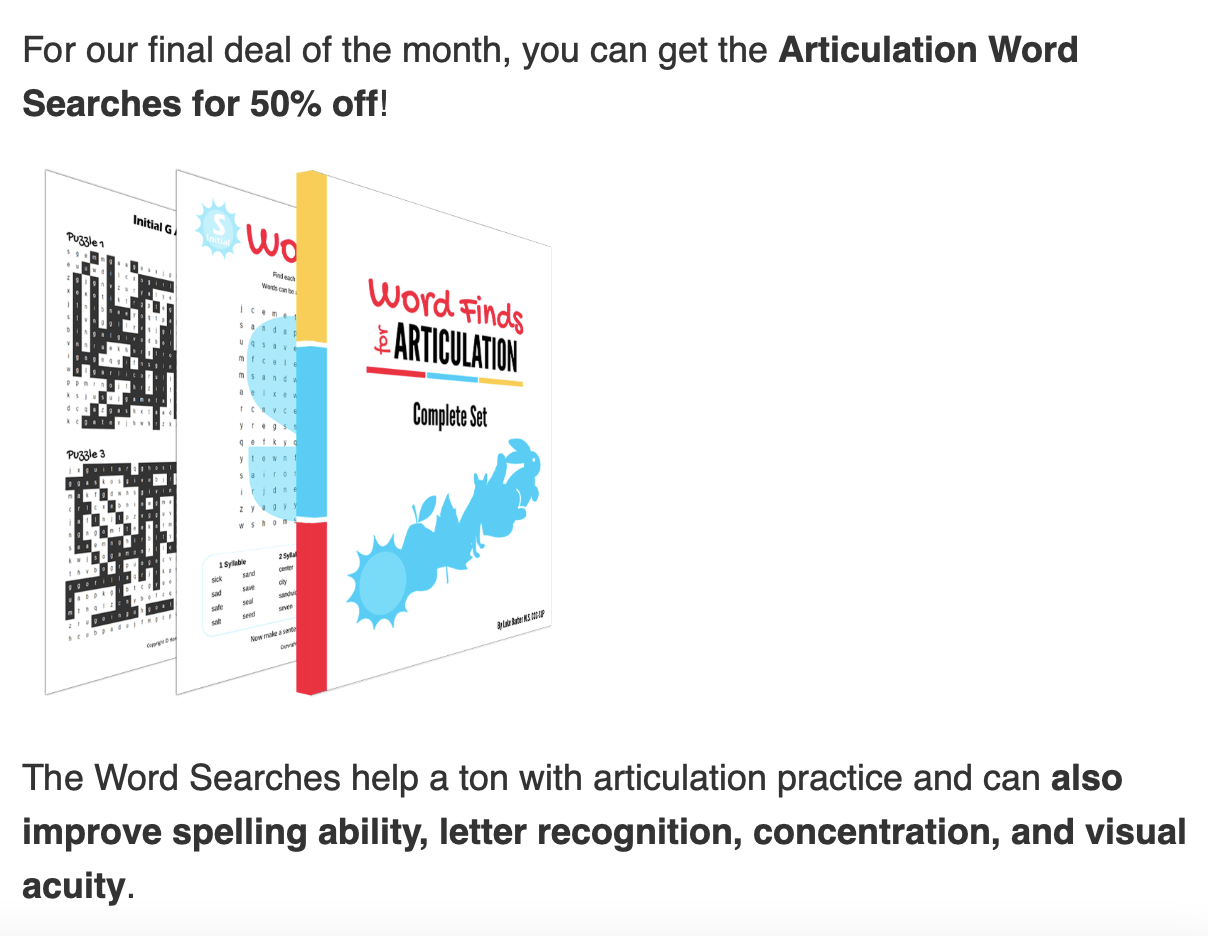 What a picture in an email looks like to people
What a picture in an email looks like to people What a picture in an email looks like to computers
What a picture in an email looks like to computersAs a result, the computer/algorithm/email service provider doesn’t know if the image you sent through their system could be violent, illegal, or of a sensitive nature.
If you load up an email with multiple images, the ESPs “red flag warning system” starts to get tingly or may even go off (this is especially true if an email contains only images with little to no text).
When that happens your messages will start getting redirected from the Inbox to the Junk/SPAM Folder.
Keep this up for any amount of time and your emails will be seen much less, if at all.
Determine what type of email style (HTML or plain text) will work for you.
If you choose to go with plain text, don’t use too many images to increase your chances of staying in the inbox.
And if you choose HTML based emails use ALT text for your images in the event of image blockers.
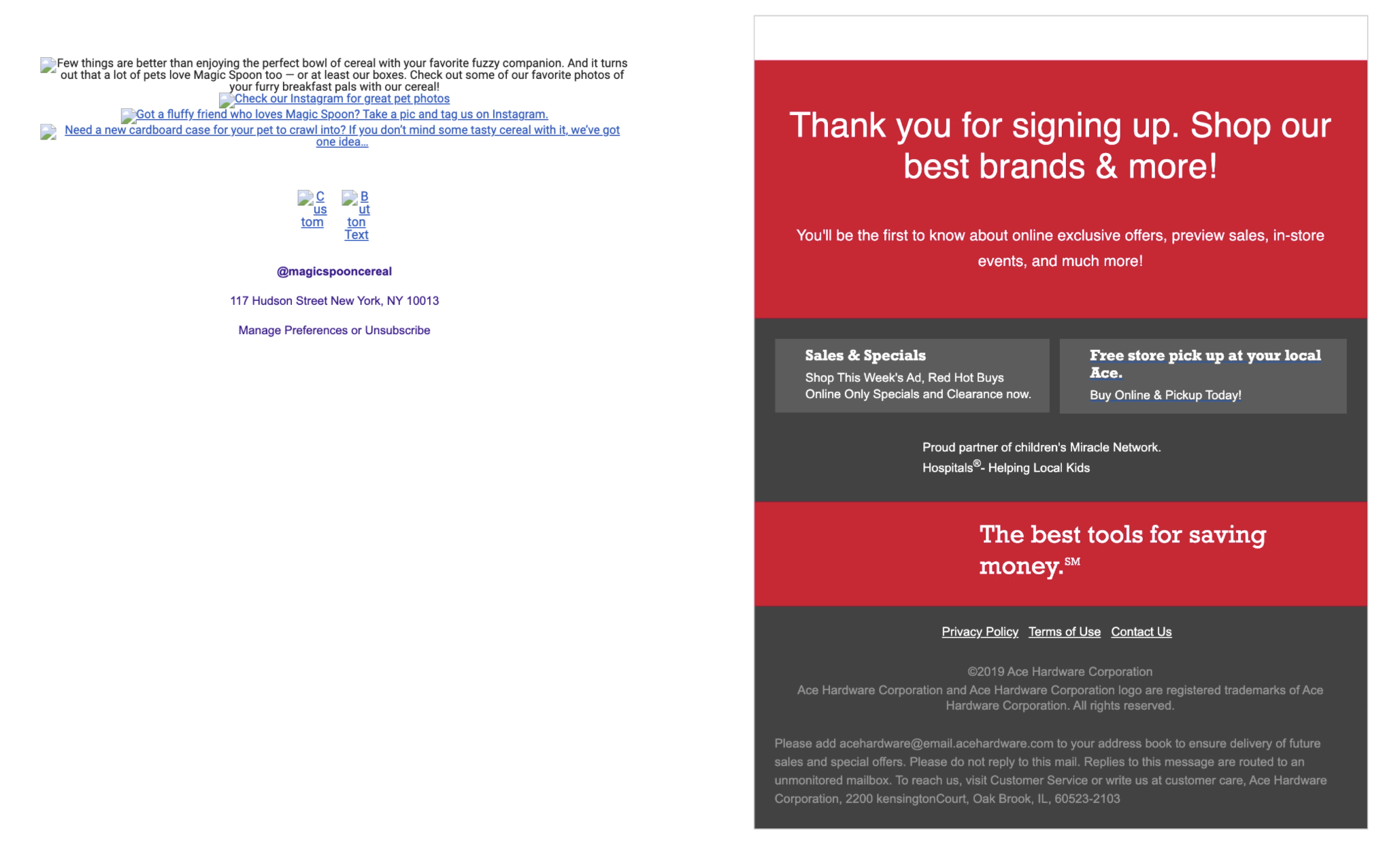
In her book 300 Email Marketing Tips, Meera Kothand advises to “make sure that you get your emails professionally coded and formatted.
Always run a seed test on a subset of your subscribers to make sure that your emails are landing in the inboxes of your subscribers before you send out your email to your entire list."
Think about your audience and how much they expect (or want) to interact with you personally.
Test sending both types of email and measure the rates of engagement you get with each.
If you’re a small business and the face of your company, receiving a personally written email from the founder may be more appealing than a faceless corporate email.
2. Always maintain scent with your images.
Linking an image in an email that sends subscribers to anything from your email list ought to have the same image on the thing you send them to.
Doing this gives your subscriber the peace of mind that they are looking at the thing they showed interested in by clicking.
Without having consistent scent, a subscriber may feel that you tricked them into clicking on something else and their trust in you goes out the window!
It may seem like a small thing but it’s not to your subscriber!
Return to Top of Common Email Marketing Mistakes
2. Your emails aren’t mobile friendly
According to Google and Statista, 83.37% of the world’s population owns a smart phone.
That’s 6.65 BILLION people. Yes, billion with a “B”. Nuts!
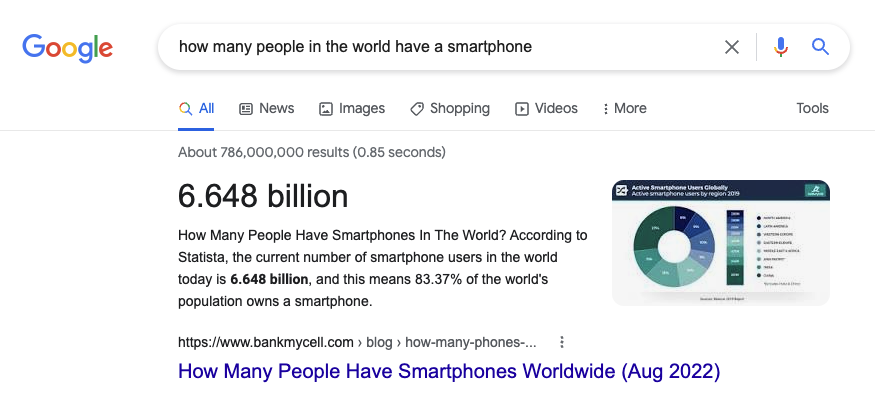
Guess how many of those people read email on their phone?
More than 70%. That’s more than 4.6 billion.
CampaignMonitor reports that mobile email is now opened more, checked more, and has higher conversion rates than desktop email.
Solution
Make darn sure that your email service provider uses technology that makes your emails mobile friendly.
If they don’t, you’ll be missing out on subscribers, customers, and revenue.
In the report just mentioned, Wow Local Marketing found that 52% of customers are less likely to engage with a company because of a bad mobile experience!
That’s more than half of potential customers.
You should only care about this if you want your company to be around for any period of time.
If my email service provider didn’t optimize for mobile, I would wonder how many other features I was missing out on or that were out of date on their platform.
Fortunately, they do.
Return to Top of Common Email Marketing Mistakes
1. You’re focused too much on your numbers
There are tons of email marketing tips, techniques, tactics, and tricks to build a list of subscribers.
The good ones and the ethical ones should be used for sure.
But at the end of the day if all you are focused on is increasing your open rate or click through rate, or decreasing your unsubscribe rate, you’re missing the bigger picture.
Your numbers only exist to provide you feedback on how well of a sender reputation you have.
All the tricks in the world might manipulate computers and algorithms but your relationship with subscribers can’t be forced or faked.
Solution
You have to be real and you have to establish trust through your personality and expertise.
The greatest lesson I learned from author and email marketer Ian Brodie was the concept of developing a positive sender reputation.
When I finally understood this concept from his book Email Persuasion, everything clicked.
It wasn’t until I put myself in my subscribers shoes, mapped out their problems, and presented the solutions I could provide them vs. just sending helpful content that I thought they could use...
...that I had my greatest success.
There are many elements to email execution: forms, landing pages, copywriting, list building, design, sales, analytics, and the list goes on.
But none of it matters if you don’t build a relationship with your subscribers from the beginning.
The best way to do this is by creating a welcome email series with corresponding welcome page, starting conversations with your subscribers, and showcasing ways that you can help them.
Building relationships will allow you to harness the maximum potential of email marketing for your business.
Learn this and you will become unstoppable!
If you found this helpful, please share it and join our free Email Marketing Wisdom Newsletter for more.
- Homepage
- Email Marketing Service Comparisons
- Email Marketing Mistakes 2
